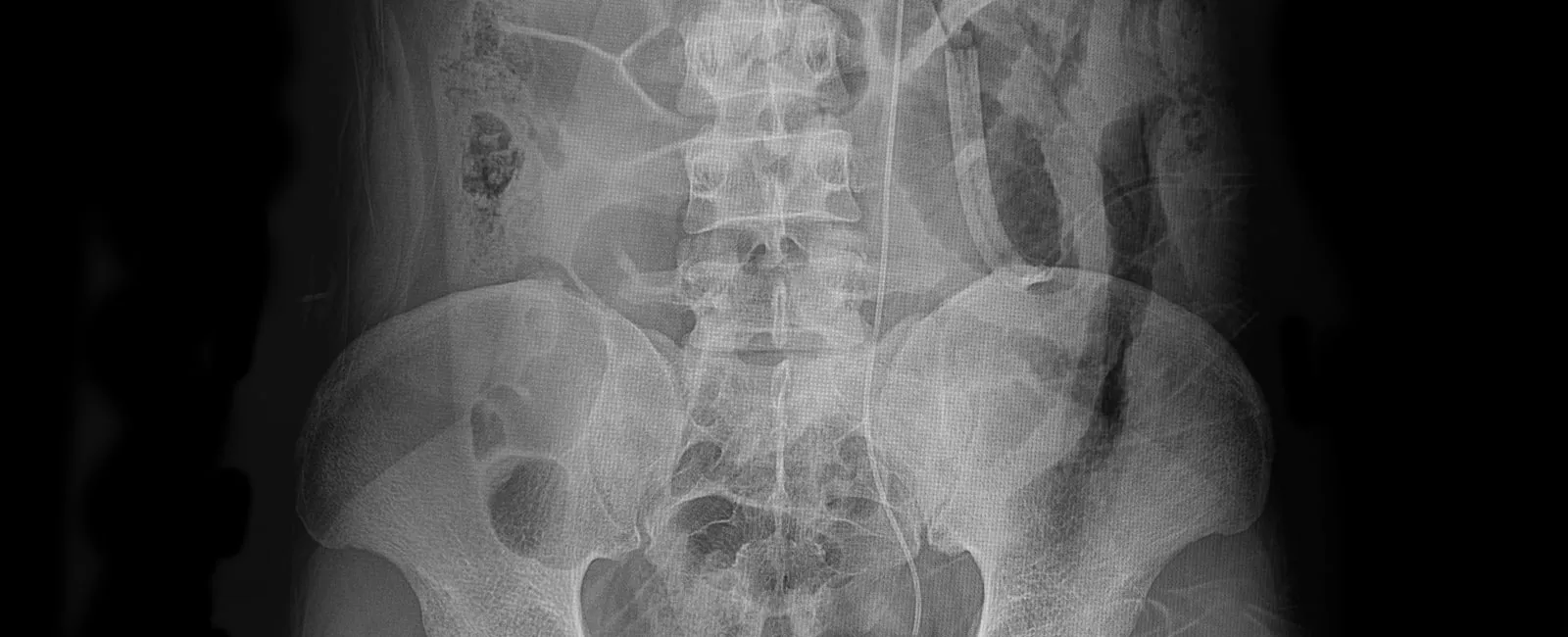Ureteral stents are an implant used to correct a blockage in one of the ureters in your body. The ureters are tubes that allow urine to drain from the kidneys and enter the bladder. When blockages occur, urine backs up in the kidneys, which causes swelling that can lead to permanent kidney damage if left unaddressed.
Blockages can be caused by kidney stones, a tumor or other object pressing on the ureters, or scar tissue that develops in the ureters. A ureteral stent is a thin tube inserted into the ureters to open the passage and allow urine to properly drain from the kidneys.
If your doctor decides this implant is necessary to preserve your kidney’s health, you’ll want to be prepared for what to expect once the stent is implanted and after the stent is removed.
Side Effects and Symptoms After Stent Placement
Once a kidney stone stent is implanted, you can expect to notice some changes in your body, including some symptoms of discomfort as your body recovers after the stent’s placement.

Symptoms may include a frequent urge to urinate, which will likely decrease over time. The urge to urinate may come on suddenly, so patients receiving a ureteral stent should be mindful of their proximity to a bathroom in the days following the procedure. You may experience pelvic pain as your body recovers, and you may also notice blood in your urine at times while the stent is in place. This is usually not cause for alarm, although you can mention it to your doctor if you’re concerned.
How to Sleep with a Kidney Stent
When a ureteral stent has been placed, discomfort from the implant can make sleep difficult for patients. Sleep is crucial to recovery, so patients should consult with their doctor if they’re experiencing sleep issues because of discomfort or pain.
Different treatments may be recommended based on the severity of discomfort and the patient’s medical history. Over-the-counter medications to relieve pain may be recommended. Your doctor may also suggest alpha blockers to alleviate spasms and cramping that can occur when a stent has been implanted.
Anticholinergic medications may be recommended to alleviate frequent urination, which can disrupt sleep and impede recovery. Patients may also want to be mindful about their fluid intake during the day, increasing fluid consumption during daytime hours to maintain a steady supply of urine, while tapering off this consumption closer to bedtime.
What to Expect After Ureteral Stent Removal
If your stent is only required for a short period of time, your doctor will then remove the stent from your ureters. This process, like the implanting of the stent, will require a recovery time that may be marked with symptoms and side effects that patients should be aware of.
The removal of a stent can, again, be followed by a period of frequent urination. When urinating, patients can expect to feel some burning or discomfort for a couple of days after the procedure. Despite this discomfort, patients are encouraged to drink a lot of water and other fluids to prompt the production of urine that will aid in flushing out the ureters and encourage a full recovery. You may also notice some blood in your urine. This is normal, although you should notify your doctor if it doesn’t go away or gets worse after several days of recovery.
Some patients may instantly sleep better after a stent removal, while others may still be kept awake by discomfort or pain. Your doctor may encourage you to continue taking medications as you recover from the stent removal—especially if you suffered from sleep issues while the stent was in place.
Your doctor may have other recommendations or guidance to recover after a stent removal. Always follow your doctor’s instructions to support a smooth recovery and avoid the risk of post-stent complications, such as a urinary tract infection.
When to Call Your Doctor Regarding Your Ureteral Stent
While ureteral stents may be uncomfortable and unpleasant, they are typically a safe and routine intervention. However, patients should be aware of possible signs of an infection or other complications that may require emergency medical attention. Call your doctor if you experience any of the following symptoms while your stent is in place:
- Fever
- A burning sensation while urination
- Changes in the characteristics of your urine, including color or smell
- Kidney pain or other abdomen pain
- Chills
- Chest pain
- Other unexpected symptoms or side effects
A ureteral stent may not always be comfortable but, when compared to the pain and possible kidney damage caused by a ureteral blockage, the procedure offers a welcome alternative that preserves the health and function of your kidneys. If you’re experiencing pain due to a potential ureteral blockage, talk to your doctor today.
